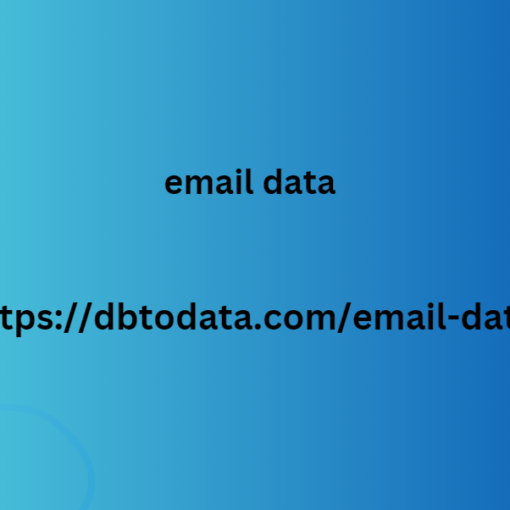Setting clear and objective goals is essential for the success of any IT project.
Using agile methodologies such as Scrum and Kanban can increase project efficiency and flexibility.
Risk management must be continuous, identifying and mitigating potential problems before they affect the project.
Effective communication tools are essential to keeping all stakeholders informed and aligned.
Evaluating and documenting lessons learned at the end of the project helps improve future processes.
Strategic Planning in IT Project Management
Strategic planning is a fundamental step in IT project management, as it lays a solid foundation for project success. Let’s explore the main areas that make up this crucial phase.
Setting Goals and Objectives
First, we need to clearly define the goals and objectives of the project. This involves deeply understanding the needs and expectations of the end users, identifying the problems the project aims to solve, and clearly defining the expected outcomes. For example, in a project to implement a new customer relationship management (CRM) system, the objectives might include:
Improve customer service efficiency
Increase sales
Improve data-driven decision-making in the company
Feasibility and Risk Analysis
Once the goals have been defined, it is essential to conduct a feasibility and risk analysis. This includes assessing whether the objectives are achievable within the constraints of time, budget, and available resources. It is also important to identify potential risks that could affect the project and develop strategies to mitigate them. Risk management is an ongoing consideration throughout the project life cycle.
Resource Allocation
Finally, we need to allocate the necessary resources for the project. This includes assigning qualified IT professionals, identifying infrastructure needs, and assigning tasks. Another important point is interdisciplinary collaboration between teams from different areas, who must work together throughout the workflow to ensure the best results. Communication is essential in this process.
Good strategic planning is key to the email data success of any IT project. It allows us to align expectations, identify and mitigate risks, and ensure we have the resources we need to achieve our goals.
Agile Methodologies for IT Projects
Scrum and Kanban
Agile methodologies such as Scrum and Kanban are widely used in IT project management. Scrum divides work into short cycles called sprints, allowing for rapid, incremental deliveries. Kanban focuses on visualizing the workflow, Wéi wielen ech déi richteg Call Center Software helping to identify bottlenecks and improve efficiency.
Benefits of Agile Methodologies
The benefits of agile methodologies aleart news are many. Flexibility and adaptability are the main advantages, allowing for quick adjustments as needs change. In addition, they promote intense collaboration between the team and stakeholders , ensuring that the final product is aligned with the client’s expectations.
Implementation of Agile Methodologies
To implement agile methodologies, it is essential to have a cross-functional and self-organizing team. Here are some steps for a successful implementation:
Train the team in agile practices.
Choose the methodology that best suits the project.
Use project management tools to track progress.
Hold regular meetings to review and adjust the plan.






